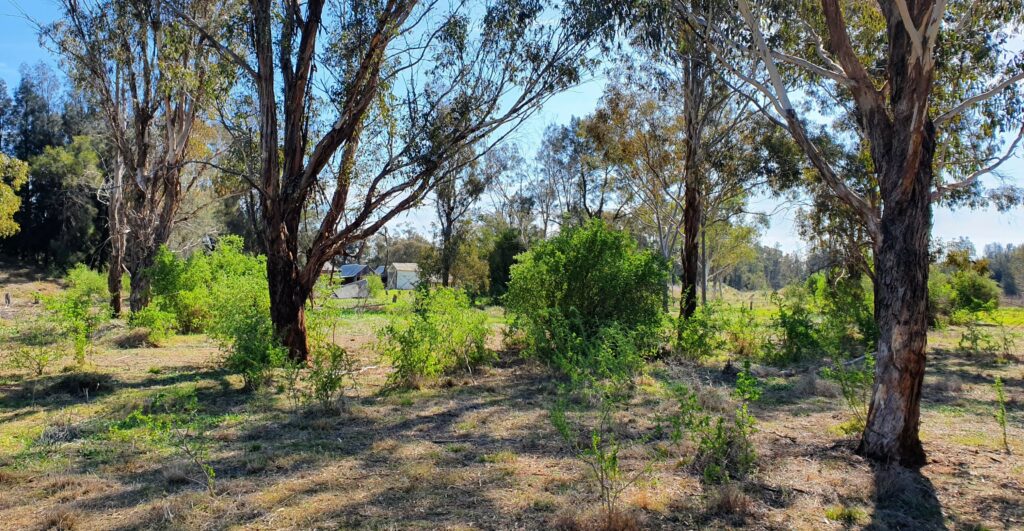Previous research (2016-2023)
Previous research focused on:
- which of the many natural enemies that attack African boxthorn in the native range are the most appropriate candidate biological control agents for this weed,
- undertaking comprehensive testing to demonstrate that the biocontrol agent(s) do not pose a threat to non-target plants and
- if approved by the authorities, piloting/trialling releases of the agents across the range of the weed in Australia.
African boxthorn was endorsed as a target for biological control in August 2016 by the national Invasive Plants and Animals Committee (such endorsement is now the responsibility of the Environment and Invasives Committee and is required in Australia before permission to release a biological control agent can be granted).
This research was undertaken as part of two projects led by AgriFutures Australia and primarily supported by funding from the Australian Government Department of Agriculture, Water and the Environment as part of its Rural R&D for Profit programme rounds 2 and 4:
- Round 2: Biocontrol solutions for sustainable management of weed impacts to agricultural profitability (2016-2020)
- Round 4: Underpinning agricultural productivity and biosecurity by weed biological control (2019-2023)
More information about the AgriFutures projects can be found here: https://agrifutures.com.au/wp-content/uploads/2022/04/AgriFutures_Weeds-newsletter_Autumn-2022.pdf
The overlapping Round 2 and 4 projects were designed to complement each other and included the following main activities:
- Define management goals:
- what stakeholders would like biological control to achieve.
- Undertake literature searches:
- to gather information on the target weed, its distribution and its known natural enemies.
- Identify appropriate region(s) to source candidate biological control agents:
- Bioclimatic modelling; the climate of the native and invaded ranges of the target weed are characterised and compared using a distribution modelling tool. By comparing meteorological data from the different regions, specific area(s) of the native range can be identified where potentially best climatically suited candidate agents will be found.
- Genetic study; molecular characterisation of the target weed is used to determine the weed genetic structure which helps identify the area(s) of the native range where the weed originates from.
- Conduct native range surveys to identify candidate agents:
- Some level of quantification of the damage caused by the natural enemies of interest is performed while surveying in order to assist selection of the most promising agents for further investigations.
- Test the host-specificity of promising candidate agents:
- Host-specificity testing is necessary to determine the potential range of plants (hosts) which will be attacked by the candidate agent in Australia. Testing methods are always tailored to the particular agent and seek to understand the potential range of plants that would be accepted by the agent after its release in the field. Testing follows a centrifugal phylogenetic approach that concentrates on closely related plant species to the target weed.
- Prepare and submit applications for release of suitable candidate agent(s) to the relevant authorities, provided testing results demonstrate that non-target plants in Australia would not be at risk.
- Establish monitoring plots and gather baseline vegetation data prior to the release of agents.
- Once permission to release an agent was obtained, trial releases of the agent into the field across key areas to determine optimum methods for establishing the fungus.

Widespread infestation of young African Boxthorn under native tree canopies, Forbes NSW.
